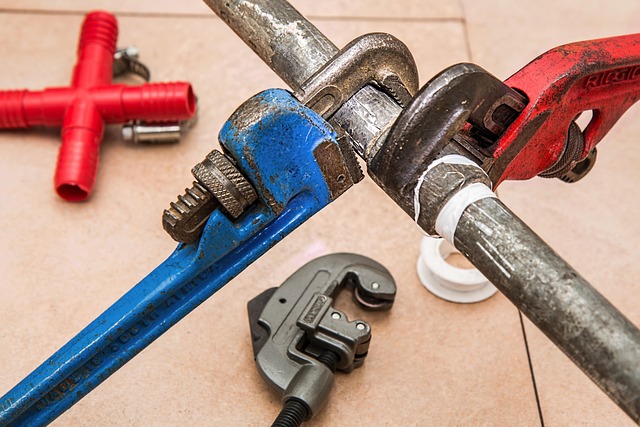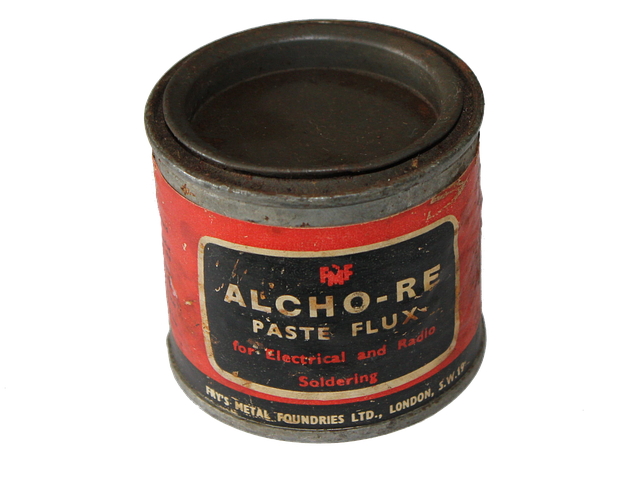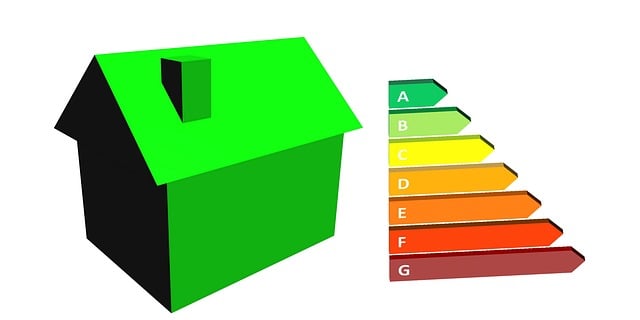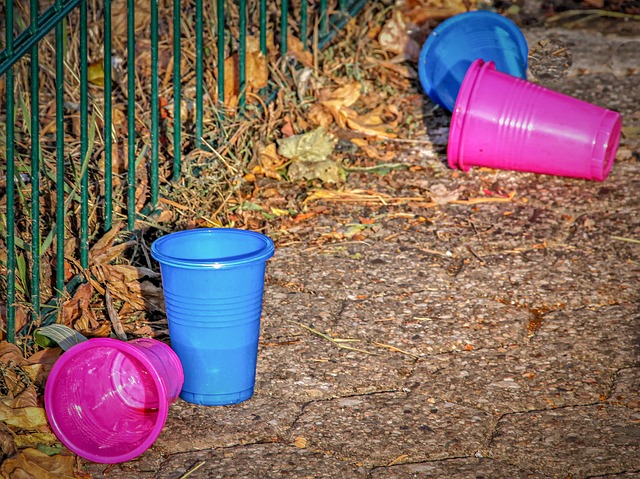Regular home inspections are crucial for emergency prevention, identifying subtle water damage issues before they escalate. By checking high-risk areas like basements and kitchens for leaks and moisture, homeowners can catch problems early, saving costs and protecting possessions from mold growth and structural damage. Familiarize yourself with potential sources of leaks and maintain sump pumps for added protection against unexpected water emergencies.
Water damage can strike suddenly, causing significant harm to your home and possessions. To avoid such disasters, understanding potential risks and implementing routine inspections is crucial. This article guides you through the process of emergency prevention by exploring key areas prone to water damage and offering practical tips for effective routine checks. By following these steps, you’ll significantly reduce the risk of costly repairs and ensure a secure living environment.
- Understanding Water Damage Risks in Your Home
- The Role of Routine Inspections in Emergency Prevention
- Key Areas to Inspect for Potential Water Damage
- Tips for Conducting Effective Routine Water Damage Checks
Understanding Water Damage Risks in Your Home

Water damage can sneak up on homeowners, causing significant problems and costly repairs. Understanding your home’s water damage risks is the first step in preventing emergencies. Every home has unique vulnerabilities—from outdated plumbing to poor drainage or faulty appliances. Regular inspections help identify these issues before they turn into major disasters.
By conducting routine checks, you can pinpoint potential problem areas like leaky pipes, blockages in drains, or malfunctioning water heaters. Addressing these issues promptly reduces the likelihood of water infiltrating your walls, causing mold growth, and damaging valuable possessions. An informed approach to home maintenance is key in safeguarding against unexpected water-related crises.
The Role of Routine Inspections in Emergency Prevention

Routine inspections play a pivotal role in emergency prevention by identifying potential water damage issues before they escalate into crises. Through regular assessments, homeowners and property managers can uncover subtle signs of leaks, faulty plumbing, or worn-out fixtures that might go unnoticed otherwise. Early detection is key to minimizing extensive water damage, which not only saves costs on repairs but also prevents the loss of valuable possessions and structures.
Moreover, these inspections allow for proactive measures to be taken. Addressing issues promptly can prevent further complications, such as mold growth, structural deterioration, or even electrical hazards that often accompany severe water damage. By integrating routine inspections into maintenance schedules, individuals and organizations can maintain a safe, secure environment, ensuring peace of mind in the face of potential emergencies.
Key Areas to Inspect for Potential Water Damage

When it comes to water damage, prevention is key. Regular inspections can catch potential issues early on, preventing costly repairs and minimizing disruption to your life or business operations. The first step in this process involves identifying high-risk areas prone to water accumulation or leaks. These typically include basements, attics, kitchens, and bathrooms—spaces where water is used or stored.
During routine checks, pay close attention to visible signs of moisture, such as stains on walls, ceilings, or floors, and any unusual odours. Check for loose or damaged tiles, pipes that feel warm to the touch, or signs of corrosion on fixtures. Also, inspect plumbing connections and appliances like water heaters for leaks or wear and tear. Early detection in these key areas can serve as an effective emergency prevention measure, ensuring swift action to mitigate potential water damage.
Tips for Conducting Effective Routine Water Damage Checks

Regular inspections are a powerful tool in preventing water damage, an often-overlooked yet significant home maintenance task. To make these checks effective, start by familiarizing yourself with potential sources of leaks and moisture issues. Check for any visible signs of water stains, mold growth, or peeling paint, especially in areas prone to condensation like bathrooms and kitchens. Pay close attention to fixtures, pipes, and appliances, inspecting for loose connections, damaged gaskets, or signs of corrosion.
During your routine check, turn on every faucet and appliance that uses water to test for any leaks. Also, don’t overlook less obvious places like the attic and basement. Insulate and ventilate these areas properly to prevent moisture buildup. Regularly inspect and maintain sump pumps in basements to ensure they’re functioning optimally during heavy rainfall or flooding events, serving as a critical line of defense against water damage emergencies.






